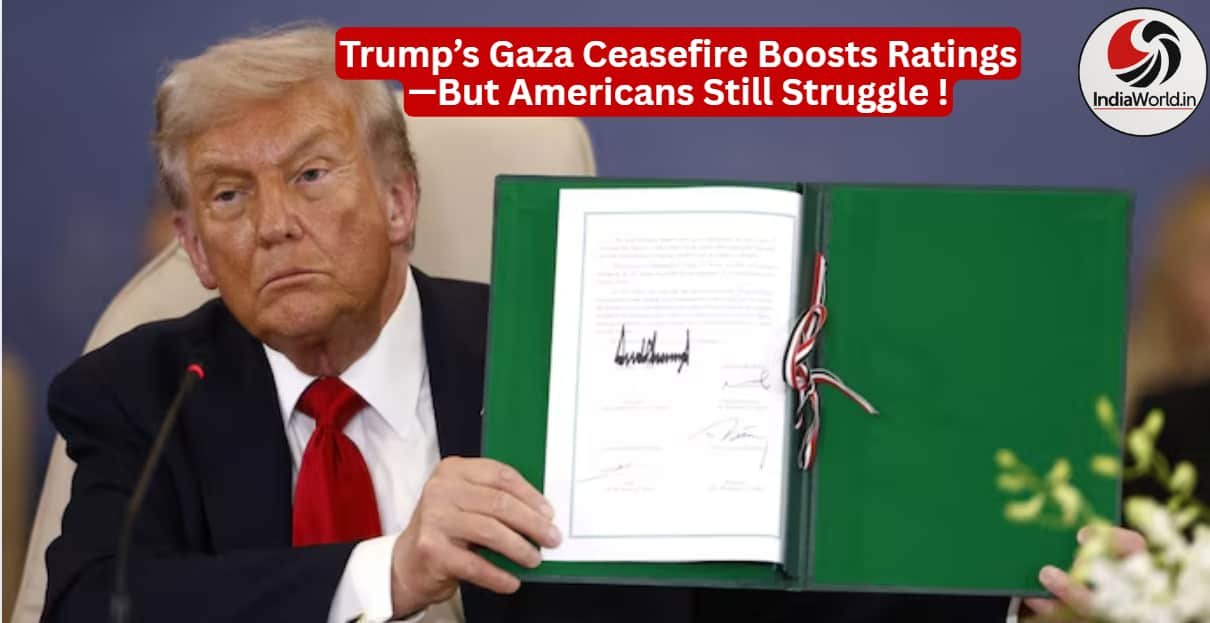In the early hours of May 7, 2025, India launched a powerful and precise military operation that lasted just 25 minutes but changed the narrative on cross-border terrorism. In a coordinated strike by the Indian Army, Navy, and Air Force—code-named Operation Sindoor—India fired 24 missiles targeting nine key terror camps across Pakistan and Pakistan-occupied Kashmir (PoK), eliminating at least 70 terrorists and injuring over 60.
This bold response came just two weeks after a deadly terrorist attack in Pahalgam, Jammu and Kashmir, which claimed 26 innocent lives, including a Nepali citizen. The government termed this action a “measured, proportionate, and necessary step” to prevent future attacks and dismantle the infrastructure that supports terrorism.
A Message Delivered Without Delay
Between 1:05 AM and 1:30 AM, the skies above terrorist strongholds in Muzaffarabad, Kotli, Bahawalpur, and several other regions lit up as missiles rained down with precision. The strikes were based on accurate intelligence and real-time drone surveillance. Within minutes, long-standing terror camps that had operated in secrecy were reduced to rubble.
Foreign Secretary Vikram Misri, flanked by top military officers Colonel Sophia Qureshi and Wing Commander Vyomika Singh, addressed the press, stating, “This was not an act of war, but a message to those who plan to harm India from across the border. It was necessary, timely, and aimed purely at dismantling terror networks.”
Strategic Targets Across PoK and Pakistan
India’s missiles struck deep and effectively at multiple key sites used for training, recruitment, weapons storage, and planning. Here’s a brief look at the locations and what was destroyed:
In Pakistan-occupied Kashmir:
- Sawai Nala Camp, Muzaffarabad – A major LeT training hub where terrorists involved in deadly attacks in Sonmarg, Gulmarg, and Pahalgam were trained.
- Syedna Bilal Camp, Muzaffarabad – A Jaish-e-Mohammed facility used for survival training and explosive handling.
- Gulpur Camp, Kotli – Known for preparing militants active in Rajouri and Poonch.
- Barnala Camp, Bhimber – A training center focusing on jungle warfare and explosives.
- Abbas Camp, Kotli – A small but deadly camp used to train suicide attackers.
Inside Pakistan:
- Sarjal Camp, Sialkot – Linked to the killing of four police personnel in Jammu and Kashmir in March 2025.
- Mehmoona Joya Camp, Sialkot – The base where the 2016 Pathankot airbase attack was planned and executed.
- Markaz Taiba, Muridke – The notorious site where 2008 Mumbai attackers, including Ajmal Kasab and David Headley, were trained.
- Markaz Subhanallah, Bahawalpur – The headquarters of Jaish-e-Mohammed, used for radicalization, training, and planning.
Each strike was carefully planned to avoid civilian areas and ensure only terrorist infrastructure was hit. Indian surveillance drones provided live updates, confirming successful hits on ammunition dumps, command centers, and terror hideouts.
New India’s Message: Action Will Follow Provocation
For decades, India has shown restraint even in the face of repeated provocations. But as Colonel Qureshi noted, “This marks a shift in our strategic doctrine. When diplomacy is ignored and our people are attacked, India will act decisively.”
The operation sends a clear message: India will no longer tolerate cross-border terrorism or the silent nurturing of terror on foreign soil.
Human Cost and Civilian Impact
Despite the high-intensity strikes, government sources confirmed there was minimal collateral damage. The villages close to the LoC in India were put on high alert, and evacuation was carried out in vulnerable areas. For civilians living in PoK and border towns of Pakistan, the fear of retaliation and displacement lingers.
The Global Response
The international community has reacted cautiously. The United States, France, and Israel supported India’s right to defend itself against terror. Meanwhile, China and the United Nations called for restraint and peace. Pakistan, on the other hand, dismissed the scale of damage and has approached global forums, accusing India of violating sovereignty—though the evidence tells a different story.
What Comes Next?
With this operation, India has redrawn the line on how it will deal with terrorism. It’s no longer just about reacting to attacks—it’s about prevention through decisive action. While this operation is unlikely to end terrorism overnight, it has shaken the roots of long-protected terror camps and warned their sponsors.
Final Thought
In those 25 minutes, India didn’t just fire missiles—it delivered a message. A message that the era of tolerance for terrorism is over. While nations talk peace, peace will only return when the breeding grounds of terror are erased, and the innocent—on both sides of the border—can live without fear.
Read this Also : Teacher Appreciation Week 2025:Freebies & Discounts
Read this also : Trump to Reopen Alcatraz: Most Notorious Prison





